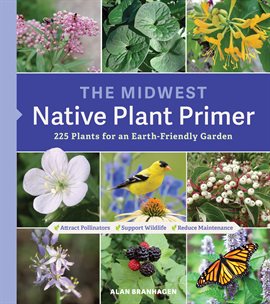Long ago, when I first had a yard that was mine to do with as I wished, my ignorance was vast. I bought plants based only on what looked pretty. Over the years, I’ve become aware of the importance of encouraging native plants and avoiding invasive species. My learning curve seems to have followed that of society in general.
For a years, the Callery pear tree — especially the Bradford variety — was a popular landscaping choice in the Midwest. Now we know it propagates with abandon, crowding out more beneficial greenery. But there’s a bit of good news for those suffering planter’s remorse.
The Missouri Invasive Plant Task Force is teaming up with a few other organizations to offer a Callery pear buy-back in Columbia on April 20. According to the website, “People who supply photos of themselves with a cut-down, in-bloom Callery pear tree in their yards will receive a free native tree to replace it.” You must register no later than April 19. Replacement trees can be picked up at the Missouri Department of Conservation Central Regional office, 3500 E. Gans Road.
For anyone interested in learning more about native plants, your library has resources.
 “The Midwest Native Plant Primer” is a good starting point for anyone wishing to learn about the topic. Author Alan Branhagen provides an overview of the varying landscapes and weather regions of the Midwest before delving into individual plant particulars. The data is thorough, but presented in a user-friendly fashion, with many photos alongside growing tips for 225 different types of flora.
“The Midwest Native Plant Primer” is a good starting point for anyone wishing to learn about the topic. Author Alan Branhagen provides an overview of the varying landscapes and weather regions of the Midwest before delving into individual plant particulars. The data is thorough, but presented in a user-friendly fashion, with many photos alongside growing tips for 225 different types of flora.
“Missouri Native Plants, Tried and True for your Yard,” a publication of the Missouri Department of Conservation, comes in a handy, spiral-bound format so readers can lay the pages flat to peruse the illustrations and charts which comprise most of the book. There’s a plethora of helpful information here, including plant sizes, optimal growing conditions, and other details, such as “attracts hummingbirds and butterflies” or “deer and rabbit resistant.”
publication of the Missouri Department of Conservation, comes in a handy, spiral-bound format so readers can lay the pages flat to peruse the illustrations and charts which comprise most of the book. There’s a plethora of helpful information here, including plant sizes, optimal growing conditions, and other details, such as “attracts hummingbirds and butterflies” or “deer and rabbit resistant.”
I hope that “Pollinators of Native Plants” by Heather Holm will help me transform my current yard into a haven for butterflies and bumblebees. My first glance at the book tells me it’s wonderfully cross-indexed, allowing readers to search for plants by region, soil type, pollinators, and sun conditions.
Here’s to saving the local ecosystem, one plant at a time.


